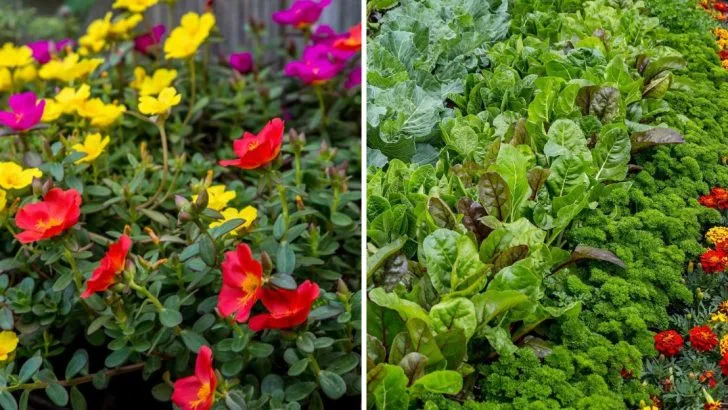When the summer heat turns brutal, it’s not just people feeling the strain—your garden can take a real hit too. Wilting leaves, dry soil, and sun-scorched blooms are all signs that things are getting a little too intense out there. It’s frustrating to watch your hard work struggle under the weight of extreme temperatures, especially when the forecast shows no relief in sight.
The good news is there are ways to help your plants push through the heat without having to overhaul your entire setup. With a few smart adjustments—think timing, watering tricks, and plant placement—you can keep things alive, and even thriving, during those stretches of relentless sun. These 13 tips are tried-and-true for giving your garden a fighting chance when summer doesn’t let up.
Mulch Magic
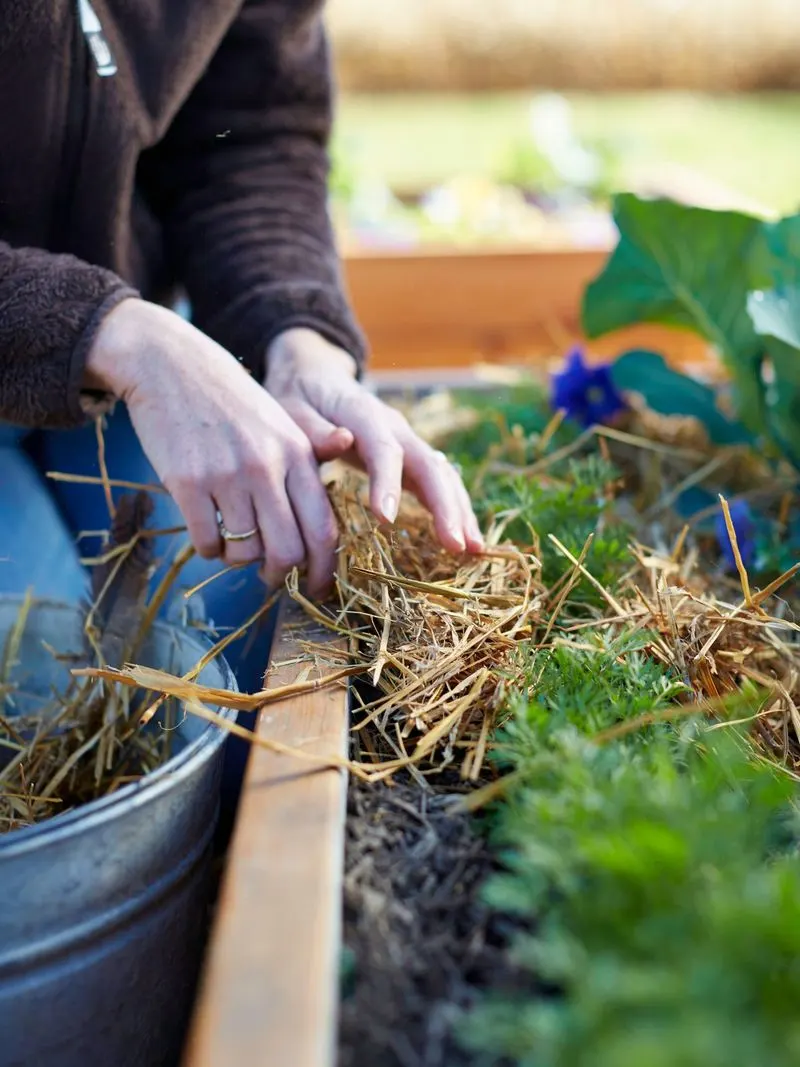
Mulching is like giving your garden a protective blanket. By covering the soil with organic materials such as straw or wood chips, you help retain moisture, reduce soil temperature, and suppress weeds. Picture a garden bed blanketed with straw, keeping the earth beneath cool and damp.
This simple technique mimics the natural forest floor, where leaves and twigs form a protective layer. Mulching not only conserves water but also enriches the soil as it decomposes, providing essential nutrients. Consider it an investment in your garden’s longevity and vitality. Embrace the mulch magic and watch your plants flourish.
Shade Solutions
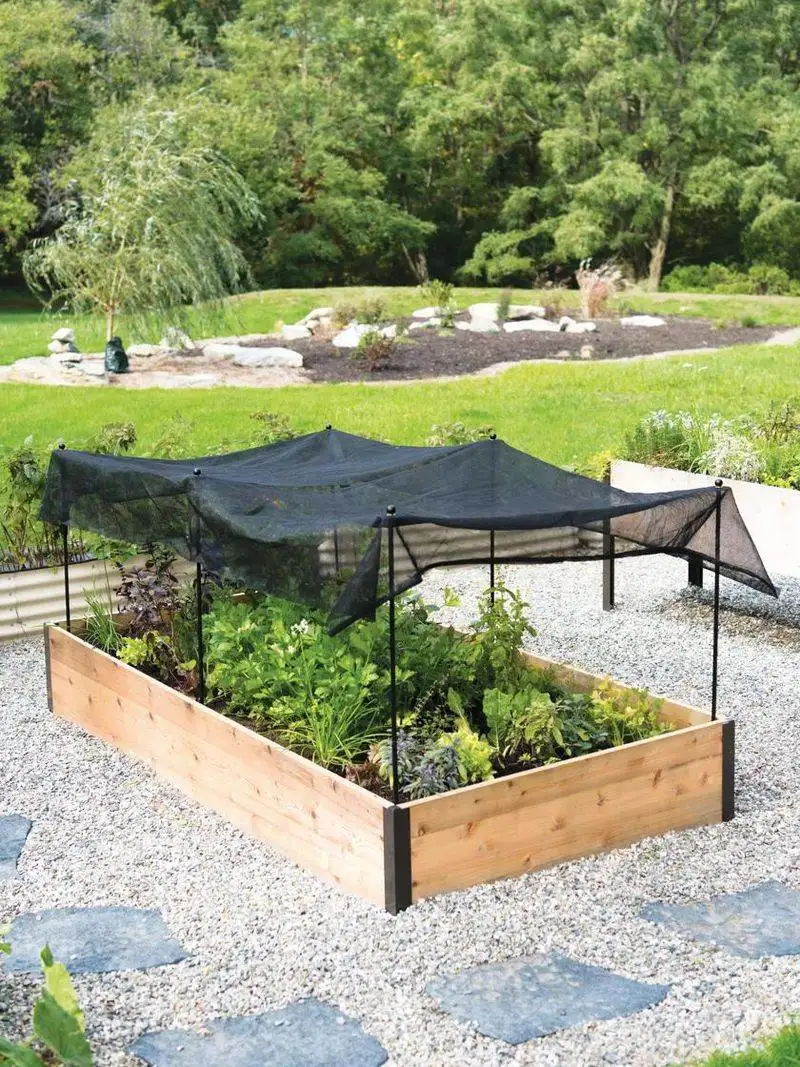
Creating shade is a lifesaver for your garden under the blazing sun. Using shade cloths or strategic plant placement can protect delicate plants from scorching heat. Imagine vibrant cloths hovering over your garden, casting soft shadows that cool the soil and plants.
Shade not only prevents plants from wilting but also reduces evaporation, keeping soil moisture intact. Tailor your shading to suit different plant needs, and notice the difference as they thrive without the sun’s harsh glare. Remember, shade isn’t just for humans—your plants will thank you too!
Water Wisely

Timing and technique can make a big difference when watering in extreme heat. Watering early in the morning ensures plants absorb moisture before the sun evaporates it. Picture dew-kissed leaves as the morning light softly filters through the garden.
This early ritual not only saves water but also invigorates plants for the day ahead. Use drip irrigation or a soaker hose to deliver water directly to the roots, minimizing waste and maximizing efficiency.
Embrace this mindful watering practice and watch as your garden flourishes under the summer sun’s gaze.
Hydrogel Helpers
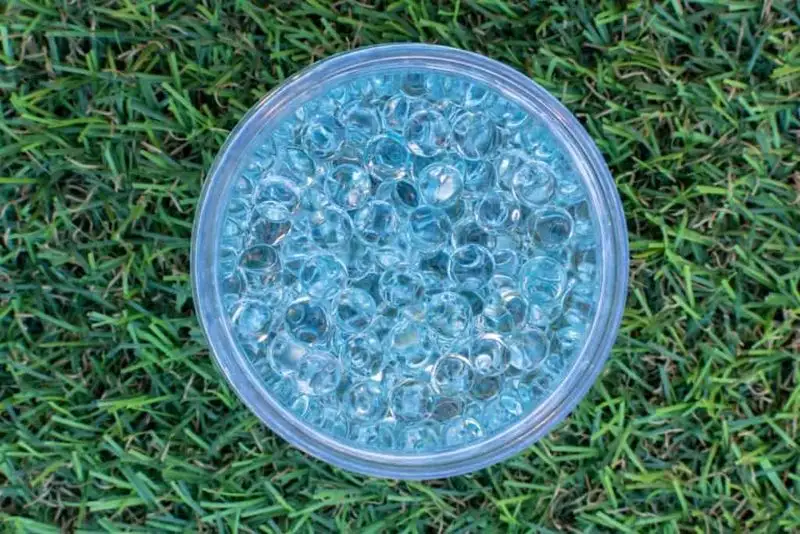
Hydrogels act as tiny water reservoirs in your garden soil. These crystals absorb water and release it slowly, providing a consistent moisture supply to plants. Imagine these sparkling crystals mixed into your soil, ready to hydrate your plants during dry spells.
Hydrogels are particularly beneficial in sandy soils where water drains quickly. By incorporating hydrogels, you reduce the need for frequent watering and help plants withstand heat stress. It’s like having a hidden water source beneath your plants, ensuring they stay refreshed and resilient.
Planting Companions

Companion planting is the art of pairing plants that benefit each other. Certain combinations can improve growth and deter pests, making your garden more sustainable. Picture marigolds nestled among your tomatoes, adding beauty and protection from harmful insects.
This symbiotic relationship enhances plant health, allowing them to thrive even in extreme conditions. Companion planting can also optimize space and resources, creating a more efficient garden ecosystem. Embrace these natural partnerships, and you’ll see your garden not only survive but thrive in the summer sun.
Heat-Resistant Varieties
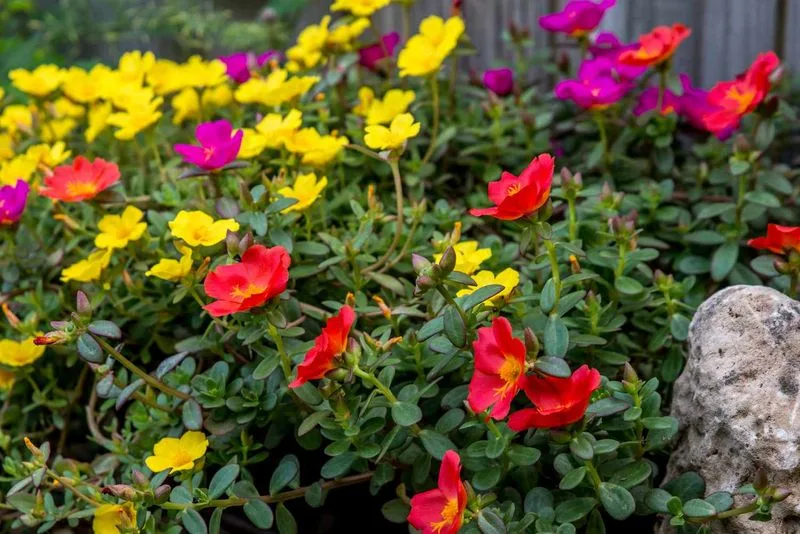
Choosing heat-resistant plant varieties can make all the difference in a scorching summer. Seek out plants bred to withstand high temperatures and still produce bountiful harvests. Imagine robust tomatoes and peppers basking in the sun, unfazed by the heat.
These resilient varieties are specially adapted to endure extreme conditions, reducing the stress on gardeners. By selecting the right plants, you ensure a more reliable and productive garden, even during the hottest months. It’s a proactive approach that pays off with hearty yields and less worry.
Wind Break Wonders
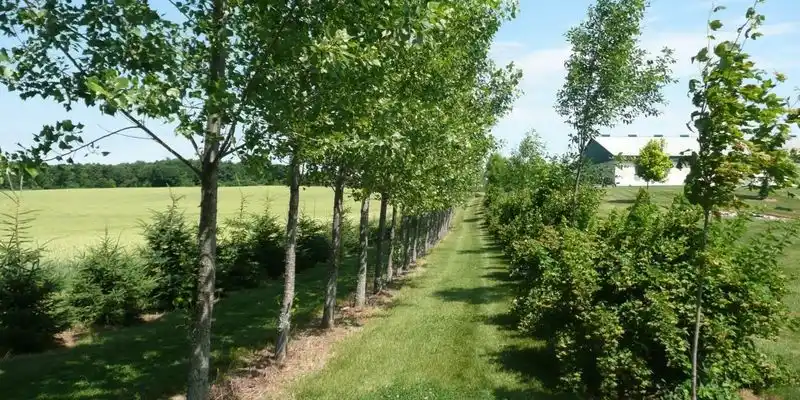
Wind breaks are essential for shielding your garden from hot, drying winds that can exacerbate heat stress. Consider planting rows of tall sunflowers or shrubs to serve as protective barriers. Visualize towering sunflowers swaying gently, providing shelter to delicate plants below.
These natural windbreaks not only reduce soil erosion but also help maintain soil moisture by blocking harsh winds. It’s a creative way to preserve your garden’s microclimate, ensuring your plants remain cool and hydrated. Embrace the art of wind breaks and give your garden the protection it deserves.
Smart Soil Choices

Enhancing soil with organic matter improves water retention and soil structure, crucial for surviving summer heat. Consider adding compost or well-rotted manure to your garden beds. Imagine dark, nutrient-rich soil crumbling in your hands, full of life and potential.
This enriched soil acts like a sponge, holding moisture and providing nutrients to plants. It’s a foundational step that supports robust growth even in challenging conditions. Smart soil choices create a resilient garden base, ensuring plants have the resources they need to thrive under the sun.
Potted Plant Precautions
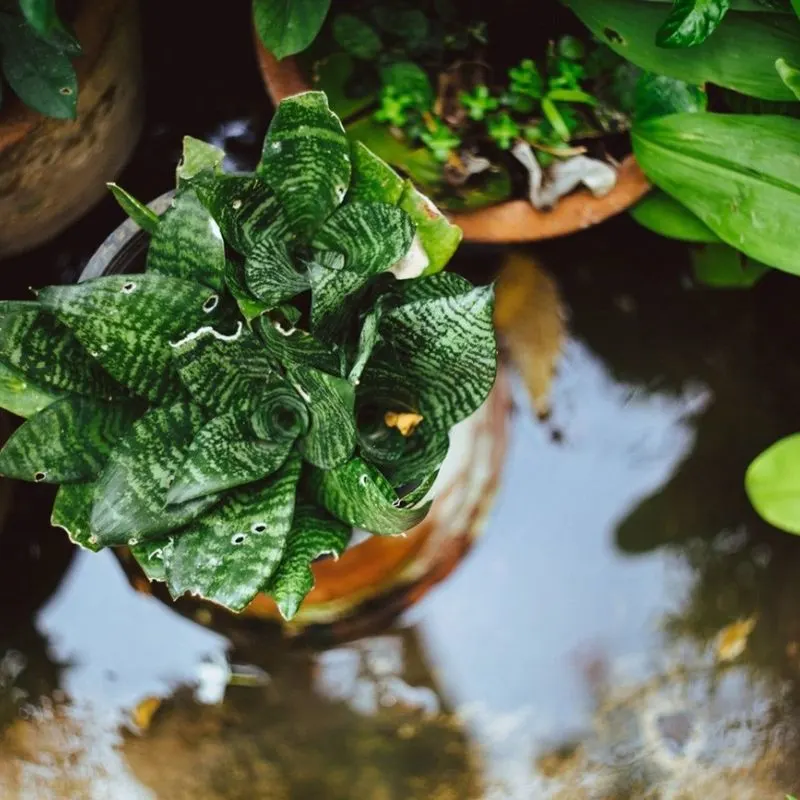
Potted plants are particularly vulnerable to heat, as their limited soil dries out quickly. Group pots together in shaded areas to minimize sun exposure and keep them cooler. Visualize a cozy cluster of pots nestled in a patio corner, shielded from the midday sun.
This simple act prevents rapid evaporation and reduces watering frequency. Consider using light-colored pots to reflect heat and further protect roots. These precautions ensure your potted plants stay happy and hydrated, even on the hottest days.
Efficient Watering Systems
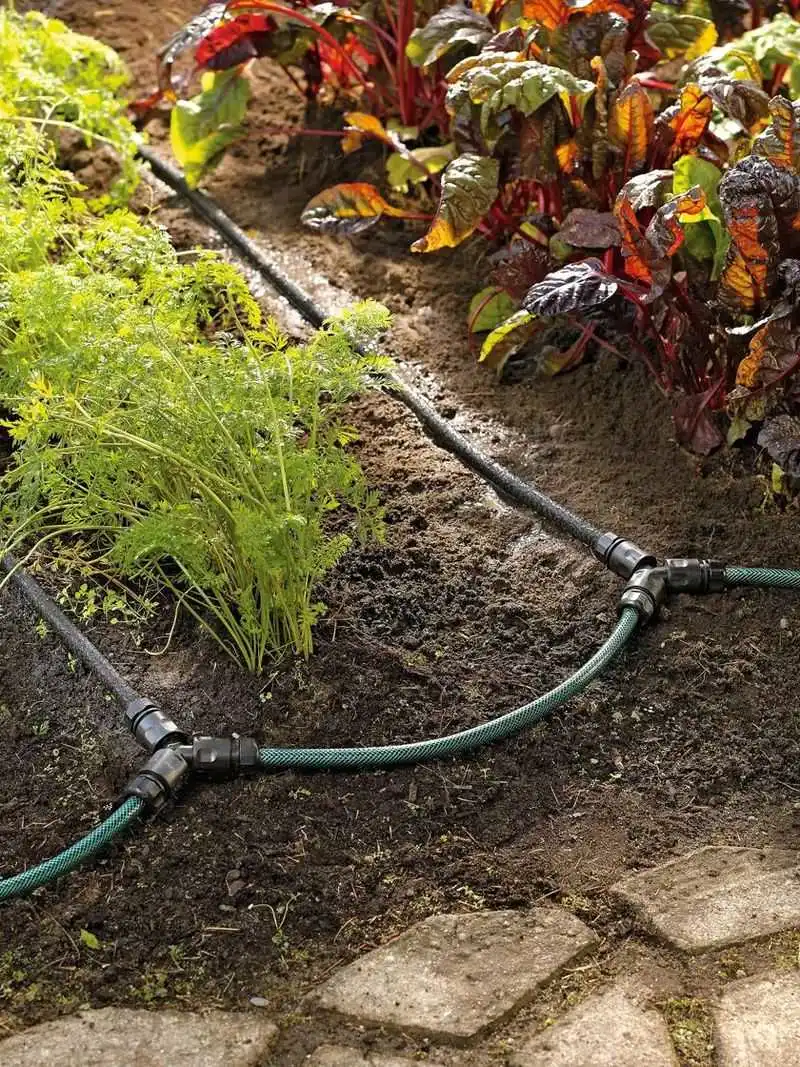
Investing in an efficient watering system can transform your garden’s resilience to extreme heat. Drip irrigation systems deliver water directly to the roots, minimizing waste and maximizing impact. Picture your garden, quietly nourished by this discreet network of tubes.
These systems are not only water-efficient but also time-saving, allowing for precise and consistent watering. By automating this essential task, you ensure your plants receive the care they need, even during heatwaves. It’s a wise investment for any gardener facing the summer sun.
Seasonal Adjustments
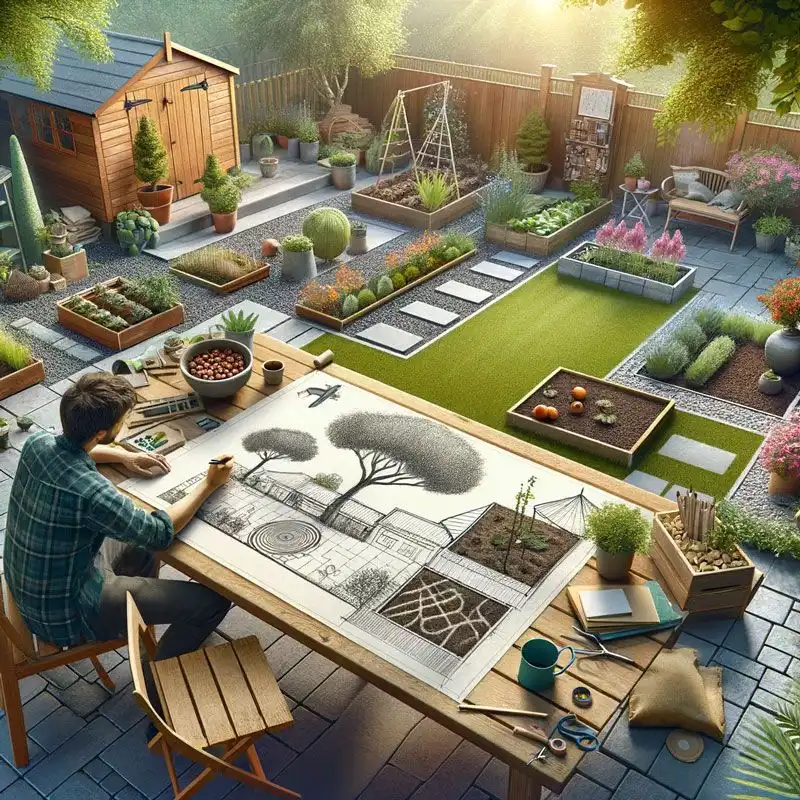
Adapting your garden layout for summer can improve plant resilience. Rearrange plants to optimize airflow and sunlight exposure, accommodating their summer needs. Picture a gardener thoughtfully repositioning pots and beds for a fresher garden design.
Making these adjustments helps prevent overcrowding and ensures each plant receives adequate light and air circulation. It’s about fine-tuning your garden’s environment to meet the demands of the season, enhancing its overall vitality and productivity.
Mindful Fertilization

Fertilization during summer requires a mindful approach to avoid over-stressing plants. Opt for slow-release or organic fertilizers to gently nourish your garden. Envision a gardener sprinkling organic granules around thriving vegetable plants.
This careful feeding supports growth without overwhelming plants with nutrients. Mindful fertilization aids in maintaining plant health and vigor despite the challenging conditions. It’s about striking a balance that supports sustainable growth.
Rainwater Harvesting

Harvesting rainwater offers a sustainable solution to garden hydration during dry spells. Install rain barrels to capture and store water from roofs for later use. Imagine a sturdy barrel brimming with life-giving water, rain-kissed and ready to nourish your plants.
This practice not only conserves water but also reduces reliance on municipal sources, promoting eco-friendly gardening. Incorporate rainwater into your routine, ensuring your garden remains hydrated and flourishing, even in the hottest months.

